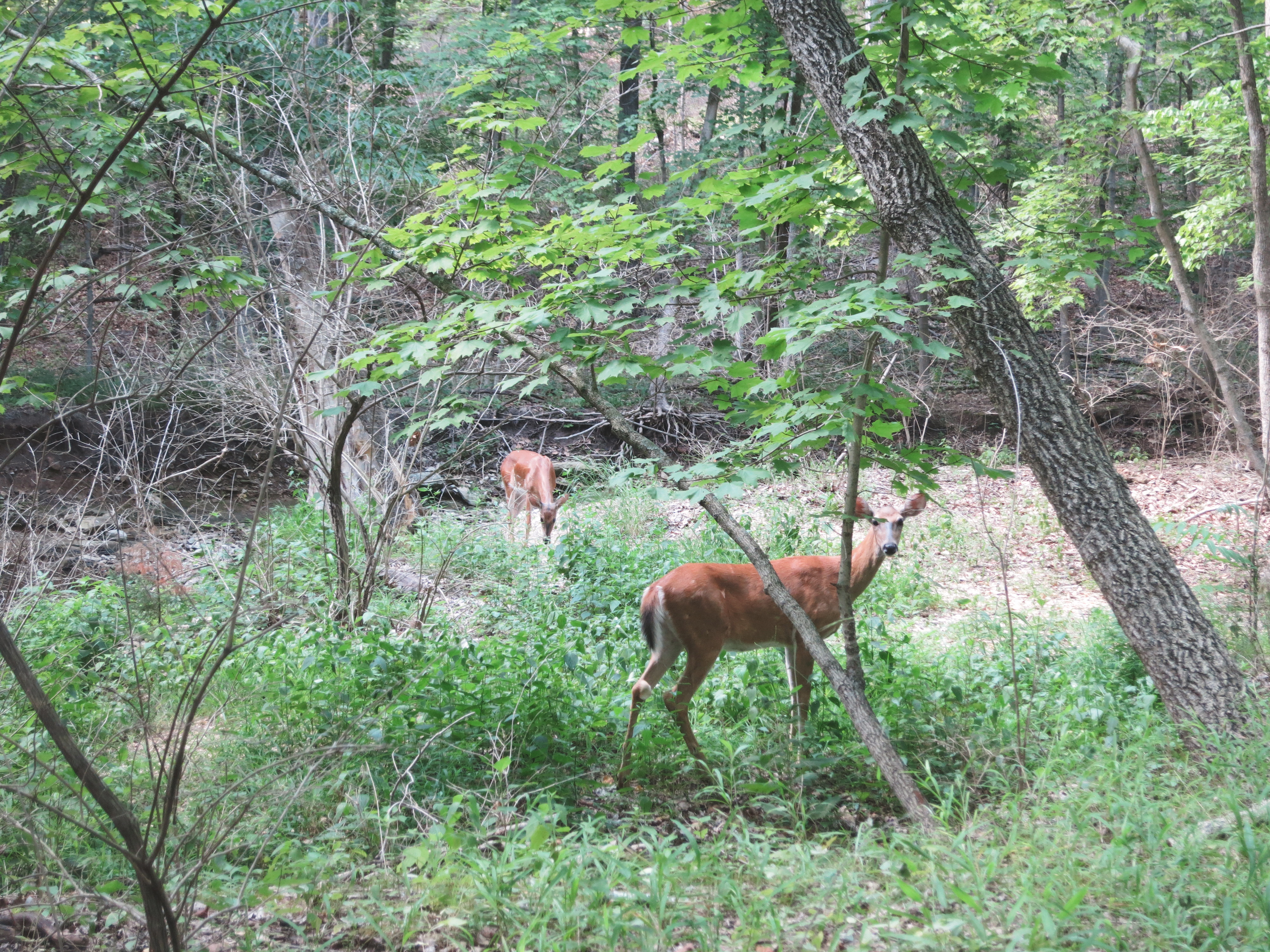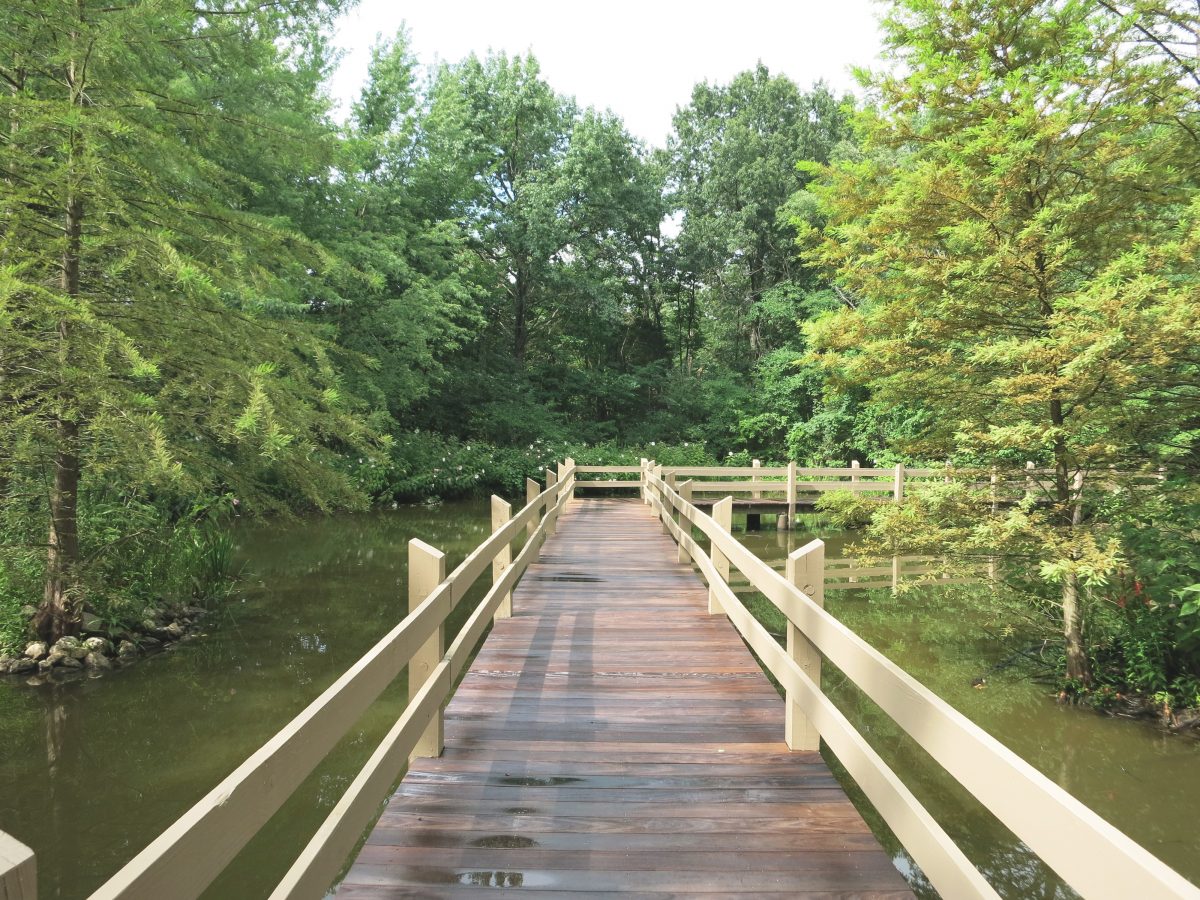A few hours trapped between four walls and I need a reprieve. I can only take the marshmallow paint and retina screen for so long before the view out my fifth-story window is no longer enough to satisfy my thirst for the outdoors. And while a 30- to 60-minute lunchtime getaway may not sound like much — especially when considered with the fact that, on average, Americans spend 93 percent of their lives indoors, according to an EPA-funded study — it is often enough to temporarily alleviate my discontent at being stuck inside all day.
If you’re lucky, like me and many other Americans who live or work within walking distance of a public park or other outdoor space, your escape is not far away.
On average, Americans spend 93 percent of their lives indoors.
Making a point to get outside — even if only for 2 or 4 percent of your day — is the first step in the right direction to better health and wellness, as time spent in nature has been linked to improved physical and mental health. Studies have shown that time spent in nature has positive effects on blood pressure, cholesterol levels, inflammation, sleep and may even help prevent cancer and reduce the risk of early death. However, some of the most immediate and noticeable outcomes of spending time outdoors are associated with improved cognitive function and mental health.
Nature has restorative powers. According to a paper published by the U.S. Department of Agriculture and the U.S. Forest Service, breathing in antimicrobial elements found in the essential oils of trees helps improve relaxation and reduce stress, resulting in decreased anxiety and anger. Additional research has shown that spending time in the forest in particular lowers your heart rate and cortisol levels.
It can provide an energy boost. A study published by the Journal of Environmental Psychology in 2010 revealed that getting outside for even 20 minutes a day improves energy levels. Although not as good as the real thing, simply looking at photos of nature also led to improved mental energy in participants in another study.
One study found that longer periods of time spent outdoors had a positive effect on people’s creative problem-solving skills.
Exposure to the outdoors improves concentration. After exhausting their concentration, researchers in one experiment divided participants into three groups; they had one group go for a walk in a natural setting and another in an urban setting, whereas the third group did nothing. Following the walk, those who trekked through nature ended up performing best on a proofreading task. Additionally, another study found that interrupting a monotonous task with a quick, 40-second break in which people looked at an image of a green roof — a rooftop green space — led to heightened focus and improved performance.
Nature can enhance creativity. Considering nature’s restorative and energy-producing capabilities, perhaps it’s no surprise that time outdoors has also been proven to enhance creativity. One study found that longer periods of time spent outdoors — definitively longer than a 30-minute journey through your local park — had a positive effect on people’s creative problem-solving skills. After four days spent in the wild, participants in one study improved their performance on a creative problem-solving test by 50 percent. Anecdotally, many creative professionals swear by nature’s power to enhance their imaginative work.

Natural settings can improve short-term memory. In a University of Michigan study, participants engaged in a 35-minute task that involved repeating numbers back to a researcher in reverse order, after which they went for a walk. One half of the group walked through an arboretum, and the other half strolled down a city street. Afterwards, when they completed the numerical memory test again, those who walked in the natural setting improved their performance by 20 percent, while those who walked the city street did not exhibit any noticeable improvements. In the second half of this same study, instead of leaving the lab, one set of participants stared at photos of nature while the other looked at city scenes. Although the results weren’t as impressive, those who viewed the outdoor scenes performed better on the test the second time than those who looked at the urban setting.
In one study, a walk in nature improved participants’ performance on a memory test by 20 percent.
The outdoors — specifically exercising outdoors — can mean better mental health overall. Considering all the aforementioned benefits, it probably comes as no surprise that spending time in nature — in particular, walking, hiking or running outdoors — contributes to improved mental health. Researchers have discovered that treks through the woods contribute to a decrease in anxiety and bad moods. Additionally, one study showed that walks outside could be useful for supplementing existing treatments for depression and related disorders.
Despite the prospective health benefits of spending time in nature, Americans spend most of their days immersed not in the sun’s glow but that of screens. In 2016, American adults consumed an average of 10 hours and 39 minutes per day of media, according to data from Nielsen. At the same time, outdoor activities such as hunting, fishing, camping and visits to parks have been declining significantly over the last few decades.
Furthermore, as the percentage of people living in rural areas in the U.S. has declined, the numbers of those living in urban areas has increased at nearly the same rate. According to data from the United Nations, in 1950, approximately 64 percent of the U.S. population resided in rural areas, whereas 36 percent lived in urban settings. The latest numbers, from 2018, show that 82 percent of the population live in urban areas — a figure that is expected to grow even more.
Children today spend an average of only four to seven minutes outside each day.
And while the percentage of green space in proximity to peoples’ living environment has positive associations with their perceived health — according to one Dutch study — 93 percent is a significant and troubling amount of one’s life to spend indoors. Therefore, reconnecting with nature has never been more critical or necessary, particularly as children today spend an average of only four to seven minutes outside each day, according to a report by REI. This could mean future generations that have little connection to and thus no real drive to conserve our country’s outdoor places and wildlife.
There is much to gain from reconnecting with nature, and in the U.S., you don’t have to live in the country or own your own land to enjoy the benefits of it — public land is plentiful, even in cities. In fact, according to The Trust for Public Land, the 100 most populous cities in the country boast a combined 2 million-plus acres of park land.
There has never been a better excuse to get outside, so put down your phone, tablet, or laptop and go.





